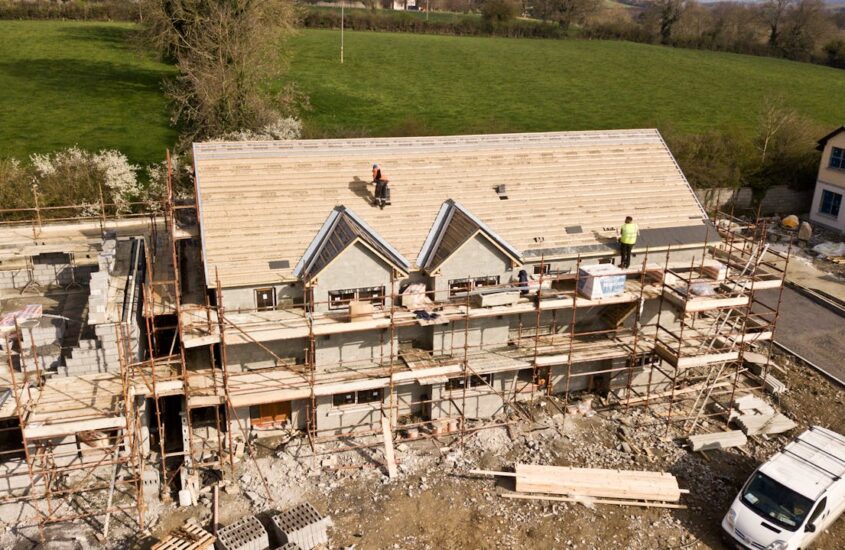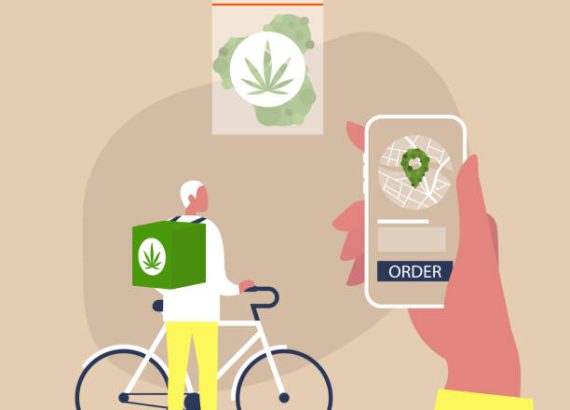Emergency Roof Repair and Gutter Cleaning for Commercial Buildings

A commercial building’s roof is more than just a covering; it’s a crucial line of defense against the elements, protecting your inventory, equipment, and most importantly, your employees and customers. Unlike residential roofs, commercial roofs are typically larger, flatter, and exposed to higher volumes of traffic and footfall. This unique makeup necessitates a proactive approach to maintenance and a swift response to emergencies. Here’s what you need to know about Commercial Emergency Roof Repair and gutter cleaning for commercial buildings.
Recognizing Commercial Roof Emergencies
Unlike minor leaks or shingle damage, commercial roof emergencies demand immediate attention. These situations pose a significant threat to the integrity of your building and the safety of those inside:
- Visible Damage: Following severe weather events like hailstorms or high winds, inspect your roof for signs of damage like punctures, tears, or missing roof membranes. Act promptly to prevent further water infiltration and structural issues.
- Major Leaks: Large leaks indicate a significant breach in your roof’s waterproofing system. Immediate action is crucial to prevent water damage to your building’s interior, equipment, and inventory.
- Ponding Water: Flat roofs are particularly susceptible to ponding water, which occurs when water accumulates on the roof surface due to clogged drains or low slopes. This stagnant water can weaken the roof membrane and lead to leaks and structural problems.
- Interior Damage: Visible signs of water damage inside your building, such as water stains on ceilings and walls or peeling paint, are strong indicators of a roof leak that needs immediate attention.
Taking Action: Emergency Response and Temporary Fixes
When faced with a commercial roof emergency, prompt action is vital. Here are the steps to take:
- Contact a Licensed Roofer: Don’t attempt roof repairs yourself, especially on a commercial building. Locate a licensed and insured roofing contractor with experience in commercial roof repair.
- Contain the Damage: While waiting for the roofer, take steps to prevent further damage. This might involve moving inventory away from leaks, placing buckets under leaking areas, or covering exposed areas with tarps.
- Temporary Solutions: The primary goal of emergency repairs is to stop the immediate leak and prevent further water intrusion. A skilled roofer will implement temporary solutions like roof patches or tarps to mitigate further damage until permanent repairs can be made.
Preventative Measures: Gutter Cleaning and Long-Term Maintenance
The best way to avoid emergencies is through a proactive maintenance plan. Here are some crucial steps to take:
- Regular Inspections: Schedule regular inspections of your commercial roof by a qualified professional, ideally twice a year. This allows for early detection of potential issues before they escalate into emergencies.
- Gutter Cleaning: Clogged gutters are a major culprit behind roof leaks and water damage. Schedule routine gutter cleaning, especially before and after seasons with heavy precipitation.
- Preventative Maintenance: Based on the inspection report, address minor repairs promptly. This might involve replacing damaged flashing, resealing seams, or addressing minor leaks.
- Preventative Roof Maintenance Plans: Consider consulting with a roofing company about developing a preventative roof maintenance plan. This plan might include scheduled roof cleaning, minor repair services, and inspections by qualified professionals.
Conclusion
Commercial roof emergencies can be disruptive and costly. However, by being prepared and implementing a proactive maintenance plan that includes regular inspections and gutter cleaning, you can significantly reduce the risk of emergencies. Remember, time is of the essence when dealing with commercial roof emergencies. Act promptly, contact a licensed roofer, and prioritize the safety of your building and its occupants. By prioritizing preventive measures and taking swift action in case of emergencies, you can ensure your commercial roof continues to function effectively for years to come.




No Comments